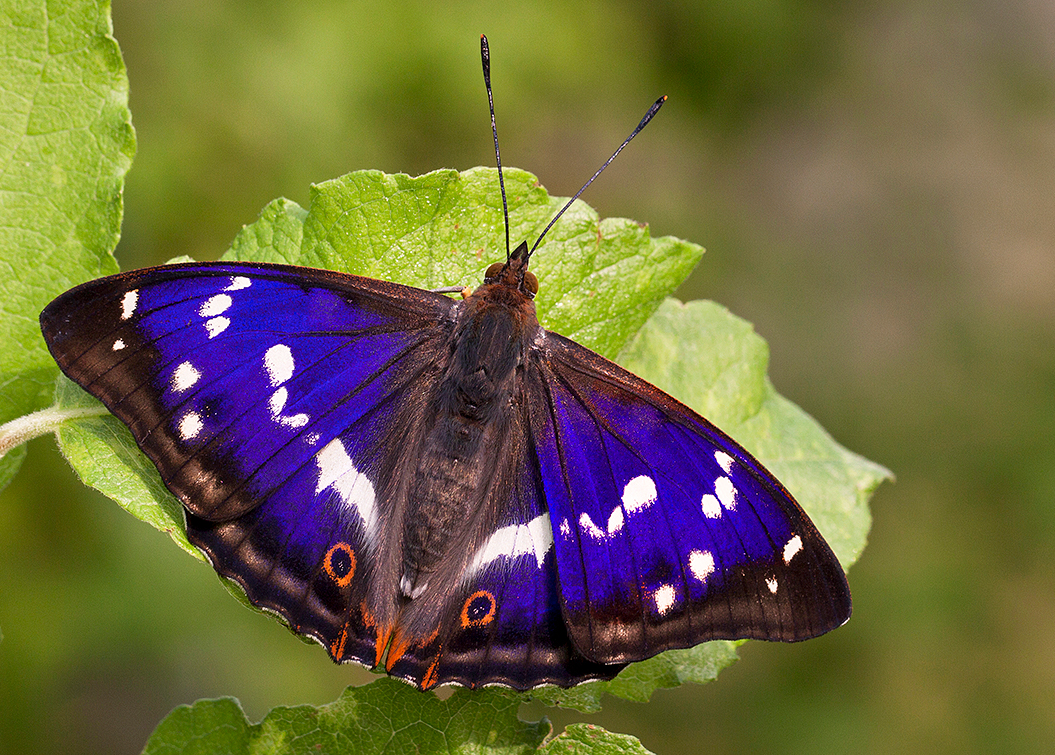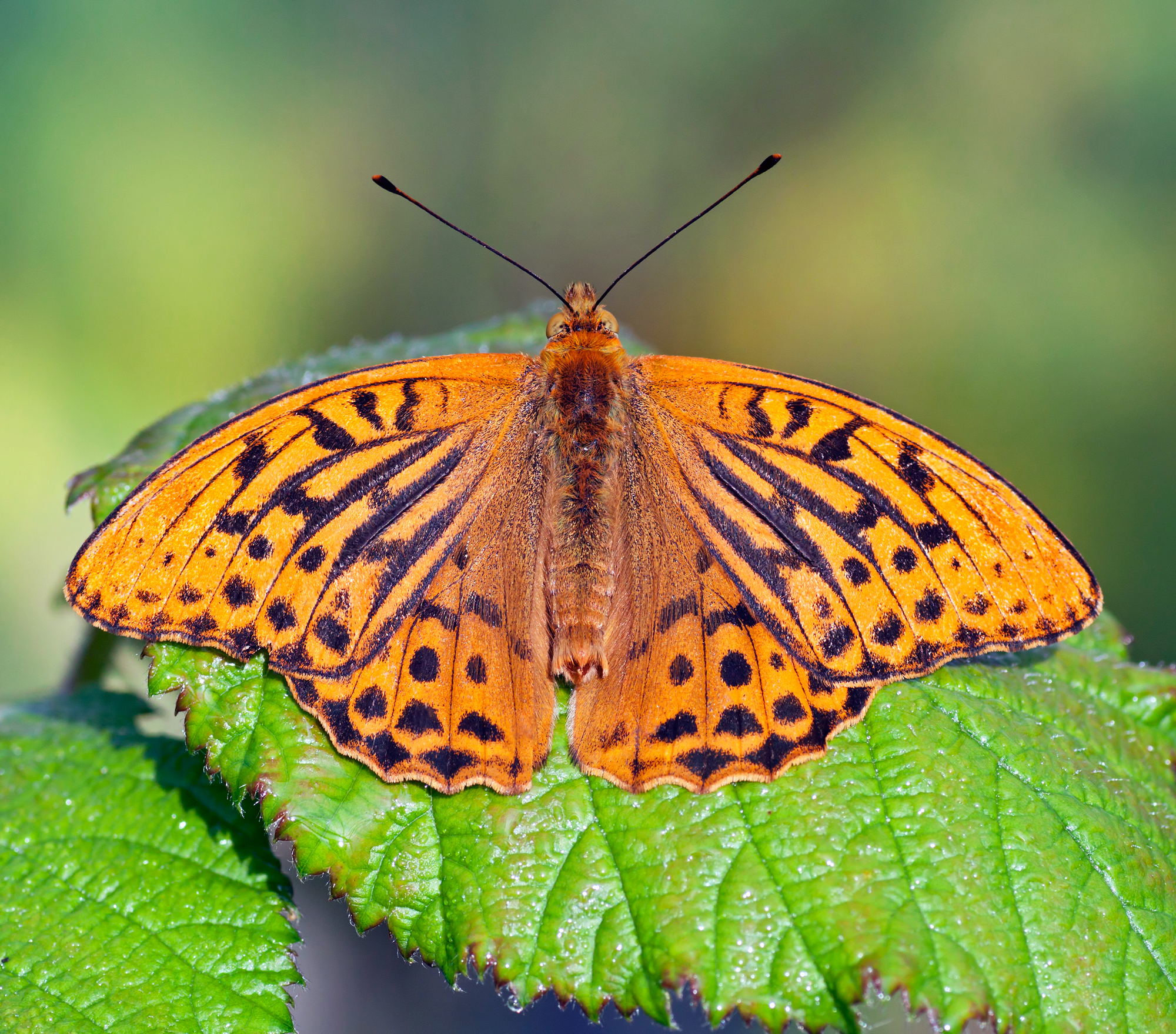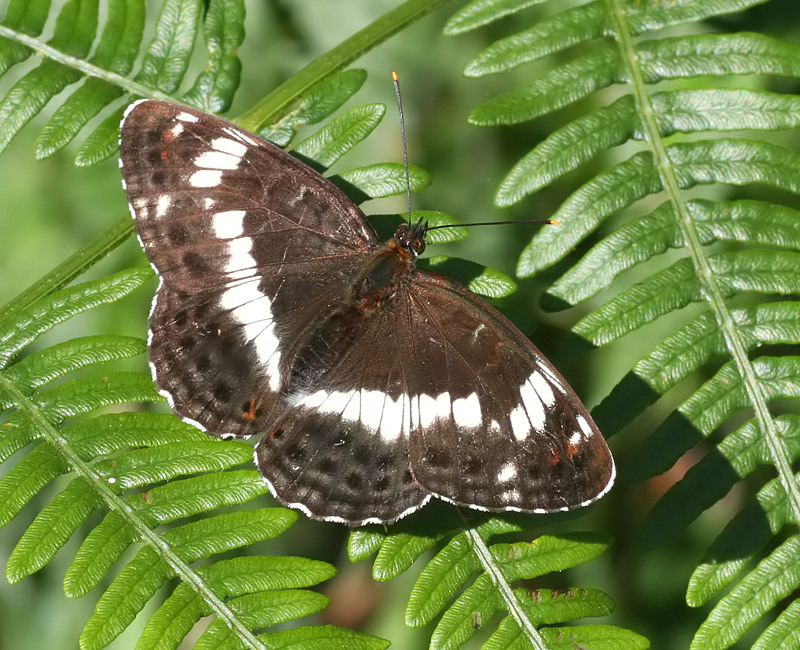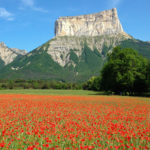Description
Join us for a summer day out in Sussex, looking for Purple Emperor, plus other butterflies.
These two day trips focus on some of the finest habitat and butterfly species in Sussex.
On day 1 (3rd July) we will explore some fine downland in the region and semi-ancient woodlands. We will be searching for Dark Green Fritillaries flitting over the orchid strewn grassland in the company of Small Blues, Marbled whites and a host of other species. This is a truly iconic downland scene.
On day 2 (4th July) we will explore the Sussex Heathlands for Silver-studded Blues, Dartford warblers, Tree Pipits and Woodlarks.
Another of the more spectacular butterflies is the Purple Emperor himself, and we will spend time looking for them on both days.
We will be searching for this majestic butterfly among the oak woodland edges and rides. We will be hoping the empress descends to the sallow scrub to lay eggs and is followed by males or if we are fortunate, to see them spiral down to the woodland floor to absorb minerals from the muddy rides. In addition, the rich semi-ancient woodlands also host our largest fritillary, the Silver-washed and the gliding White Admirals, always a joy to see.
Finally, there is a supporting cast of wildlife that should cater for most tastes. We can spend time looking for small mammals (Voles, Shrews and mice), reptiles (Adders, Grass Snake and wall Lizards) and dragonflies. And in case this is not enough wildlife, there are also some scarce birds such as the Nightingale, Turtle Dove, White stork and many more, to enjoy!
Finally, we will not be neglecting some of the unique flora searching out downland specialists and the intriguing carnivorous sundew plant on the heathland.
Day 1 – Wednesday 3rd July
This day starts with meeting up at Shoreham-by-Sea Train Station. From here we will set off to explore the flower strewn dowlands in the region Here we will search for the Dark-green Fritillary, often settling on Knapweeds and Pyramidal Orchids. Other species we should come across are clouds of Marbled Whites, the diminutive Small Blue along with other common Downland species.
After a brief convenience stop for loos and to purchase lunch we will then turn our focus to the specialities of the semi-ancient Sussex woodlands. Walking the rides we should spot the Uk’s largest fritillary, the Silver Washed and the gliding White Admirals, often found low down on the bramble flowers.
Another of the more spectacular butterflies is the emperor himself. We will be searching for this majestic butterfly among the semi-ancient oak woodland edges and rides. We will be hoping the empress descends to the sallow scrub to lay eggs and is followed by males or if we are fortunate, to see them spiral down to the woodland floor to absorb minerals from the muddy rides.
Finally, there is a supporting cast of wildlife that should cater for most tastes. We can spend time looking for small mammals (Voles, Shrews and mice), reptiles (Adders, Grass Snake and wall Lizards) and dragonflies. And in case this is not enough wildlife, there are also some scarce birds such as the Nightingale, Turtle Dove, White stork and many more, to enjoy!
Day 2 – Thursday 4th July
This day starts with meeting up at Shoreham-by-Sea Station. From here we will set off to explore the heathlands of North Sussex. The main target here will be the beautiful Silver Studded Blue found among the Cross-leaved Heather. The will of course be other species and in the scrub we may find Silver-washed fritillary as well as more common species such as Comma, Peacock and Red admiral. This is a great site for dragonflies and we should find the Black Darter, Keeled Skimmer and with luck the UKs longest dragonfly the Golden-ringed, a gorgeous beast. We will of course also look out for the healthland specialist birds as the Dartford Warbler, Woodlark and Tree Pipit can all be found here. There are also Nightjars but unlikely to be seen during the day.
After a brief convenience stop for loos and to purchase lunch we will then turn our focus to the specialities of the semi-ancient Sussex woodlands. Walking the rides we should spot the Uk’s largest fritillary, the Silver Washed and the gliding White Admirals, often found low down on the bramble flowers.
Another of the more spectacular butterflies is the emperor himself. We will be searching for this majestic butterfly among the semi-ancient oak woodland edges and rides. We will be hoping the empress descends to the sallow scrub to lay eggs and is followed by males or if we are fortunate, to see them spiral down to the woodland floor to absorb minerals from the muddy rides.
Finally, there is a supporting cast of wildlife that should cater for most tastes. We can spend time looking for small mammals (Voles, Shrews and mice), reptiles (Adders, Grass Snake and wall Lizards) and dragonflies. And in case this is not enough wildlife, there are also some scarce birds such as the Nightingale, Turtle Dove, White stork and many more, to enjoy!








Reviews
There are no reviews yet.